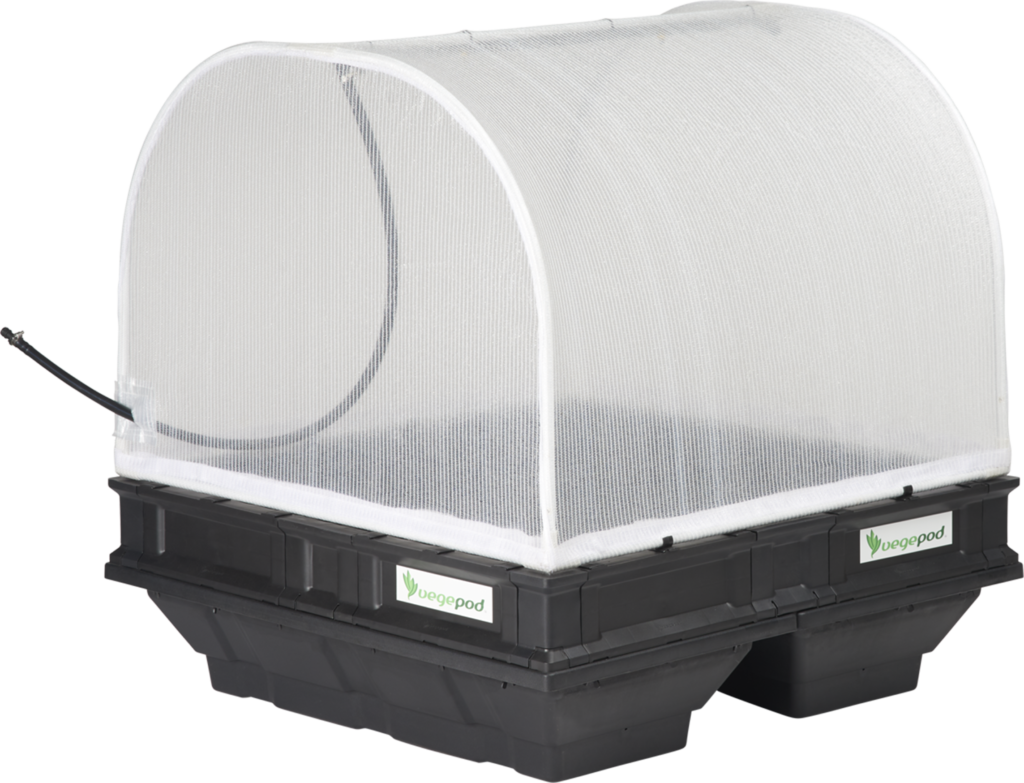Sensory gardens are based around designing a garden that engages all fives senses with the intention of being interactive, immersive and inclusive. They are fantastic for stress relief and makes for a great learning environment that allows for doing, thinking, feeling and being.
Beyond considerations like environmental conditions and ongoing maintenance needs, sight is the sense that is least likely to be overlooked when planting – not surprisingly, we all want our gardens and surroundings to look nice! Choosing a range of plants that flower at different times of the year and have a range of heights, textures and foliage all add visual interest.
To engage touch, you can try soft, velvety plants like lamb’s ear and adenanthos. In contrast, the foliage of wintersweet (Chimonanthus praecox) has a sandpaper-like texture, paper daisies feel papery (as the name suggests) and water lillies in a pond or water feature have a slippery/leathery feel. Even succulents offer a contrasting feel and can be propagated if accidently broken off. Given sensory gardens are intended to be tactile and interactive, it’s best to avoid anything sharp or thorny like cactus or roses.
Taste requires little explanation – fruits, veggies, herbs and even edible flowers are not only tasty, but can often be indicator of the changing seasons as produce varies throughout the year.
The fragrant smells in the garden can range from pleasant to pungent, and some even help deter mosquitos, pets and pests depending on the variety. Herbs will fulfil a dual role (taste and smell) in many cases, pineapple sage and salad burnett are a couple of favourites. Then you have a plethora of scented plants including lemon-scented tea tree and eucalyptus, prostanthera, lavender, geranium, gardenias, wormwood, verbena and Christmas trees.
If you’re in the garden, a diverse range of sound is all around you if you just stop to listen. Plants like tiger grass bamboo will rustle in the wind and autumn leaves crunch underfoot. Planting for habitat and including birdbaths, feeders and nesting boxes encourage birds with their chirpy songs. Insects can be not only beneficial to the garden ecosystem, but bring in the subtle buzzing and movement of bees. Looking beyond plants – wind chimes and water features can create soothing sounds.
Hardscape and physical structures are an important consideration to engage all 5 senses as well as facilitating how you use and enjoy the garden – think about the placement of paths, benches, art & other features.
Sensory gardens are beneficial for everyone, encouraging connection to nature, an opportunity to pause and stress relief. They are also employed in therapeutic settings. They are often created for the benefit of specific groups such as those with dementia, autism, sensory disorders, PTSD, visually impairment, brain injury and ADHD. In these settings, particular attention is paid to who is likely to use the garden and its accessibility – a low groundcover is likely to be less accessible for those with restricted mobility unless planted into a raised garden bed or pot.
Did you know that the Vegepod is now NDIS registered!

